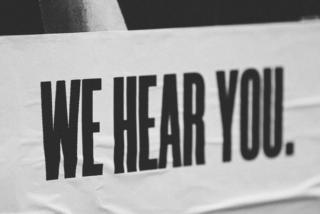
How To Build A Product Your Customers Want To Buy
To build a successful business, you need a great product. But creating one that people want to buy is always tricky.
Yes – you can go down the minimum viable product (MVP) route. But that’s only part of the story. Producing something that’s “good enough” is rarely something people queue around the block to get their hands on.
If you’re struggling to sell to people, check out the following post. In it, we take a look at how to build products customers will buy in their droves.
Solve A Basic Problem
Life is full of problems, and the economy uses resources to come up with solutions. We don’t usually think of it that way, but you soon realize just how incredible the modern economy is if you go and live in the wilderness for a couple of nights.
The trick to building a great product is to identify the problem that you want to solve accurately. Unfortunately, it’s more complicated than it sounds. The analysis is never straightforward.
Take McDonald’s, for instance. You might say that it satisfies the need for food – and you’d be right. But the company isn’t just about nutrition – it’s about pleasurable experiences. The value of the food itself is secondary.
Ask Questions
If you’re struggling, you can ask your audience questions about what they want to see in a product. Find an email survey template, fill out the details and then send it to your mailing list. Many customers who love your brand will be highly motivated to tell you what they want to see from you next. Some will even take the time to fill out a ten-minute survey – which, as you might imagine, is a lot of work.
Sell First, Build Later
You can also try the “sell first, build later” model. The idea here is to get your product validated before you commit to production.
Tell your customers what you plan to build and then ask them to prepay. Make it clear that people who pay upfront will get a discount or access to some free benefits to make it worthwhile.
If the product interests your customers, you can move forward and start building it. If it doesn’t, then you can simply return the money and you haven’t lost anything.
Keep The Product Super Simple
Adding bells and whistles to products takes a lot of development time and, usually, it isn’t worth the effort. Yes, it can help you separate yourself from the competition, but mostly, it is a matter of diminishing returns. For example, customers aren’t that bothered about the tenth feature if the product has nine already.
Build A Knowledge Base
Finally, you’ll want to find some way of talking to customers about the value that the product offers. You can do this by building up a knowledge base around it in blogs, videos, and infographics.
You don’t have to go into great detail. Just provide enough knowledge so that people understand why they should buy. Make it clear how you make yourself better than the competition.






